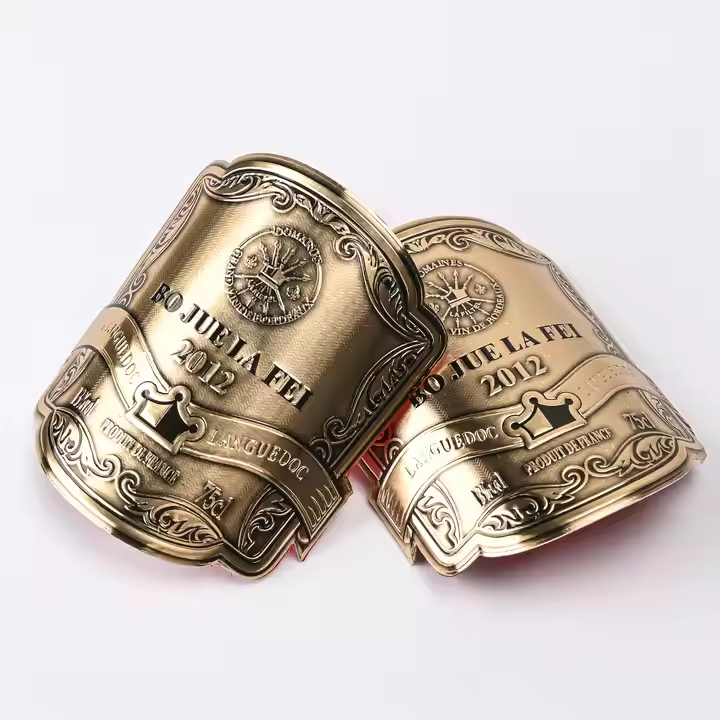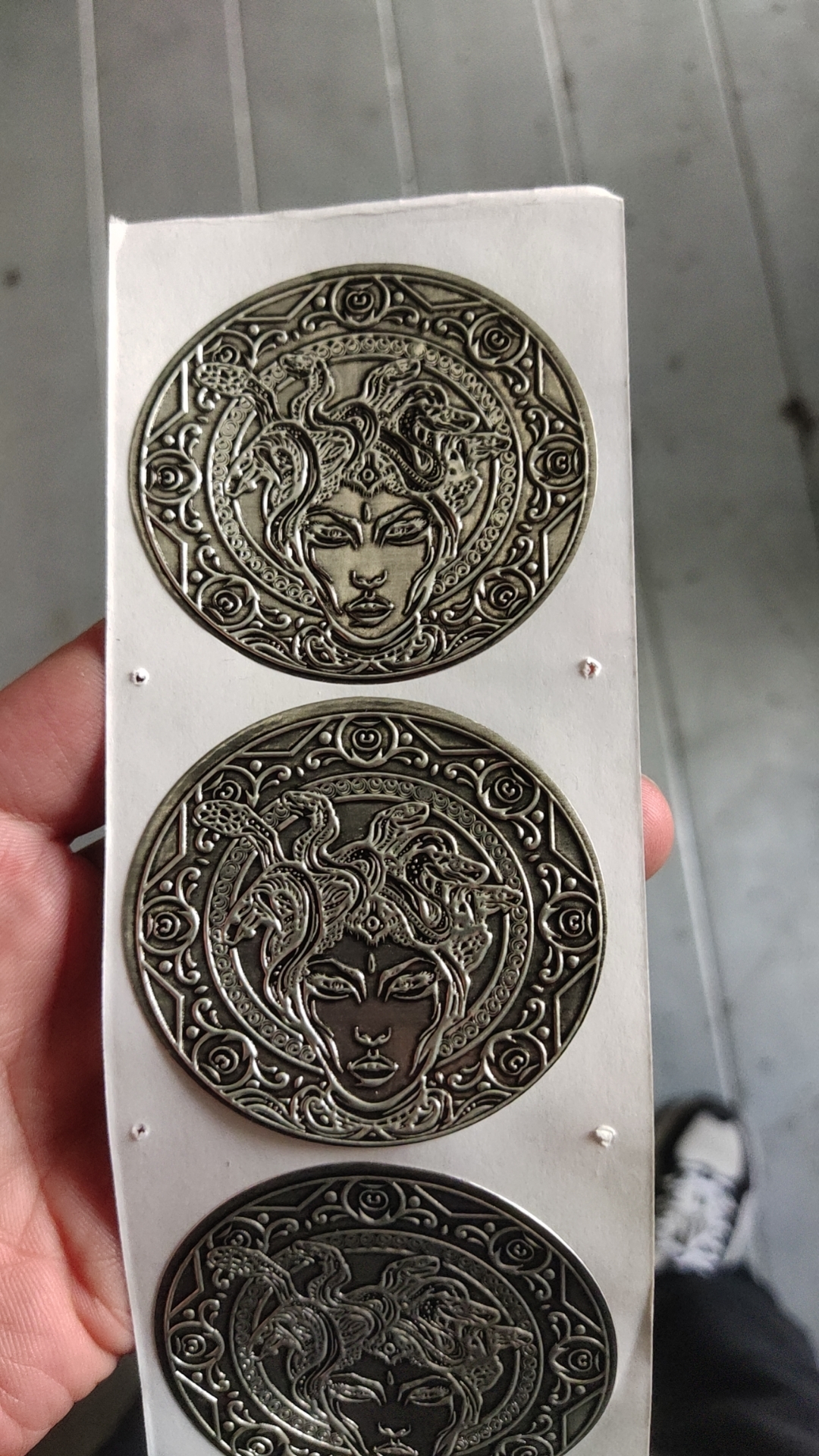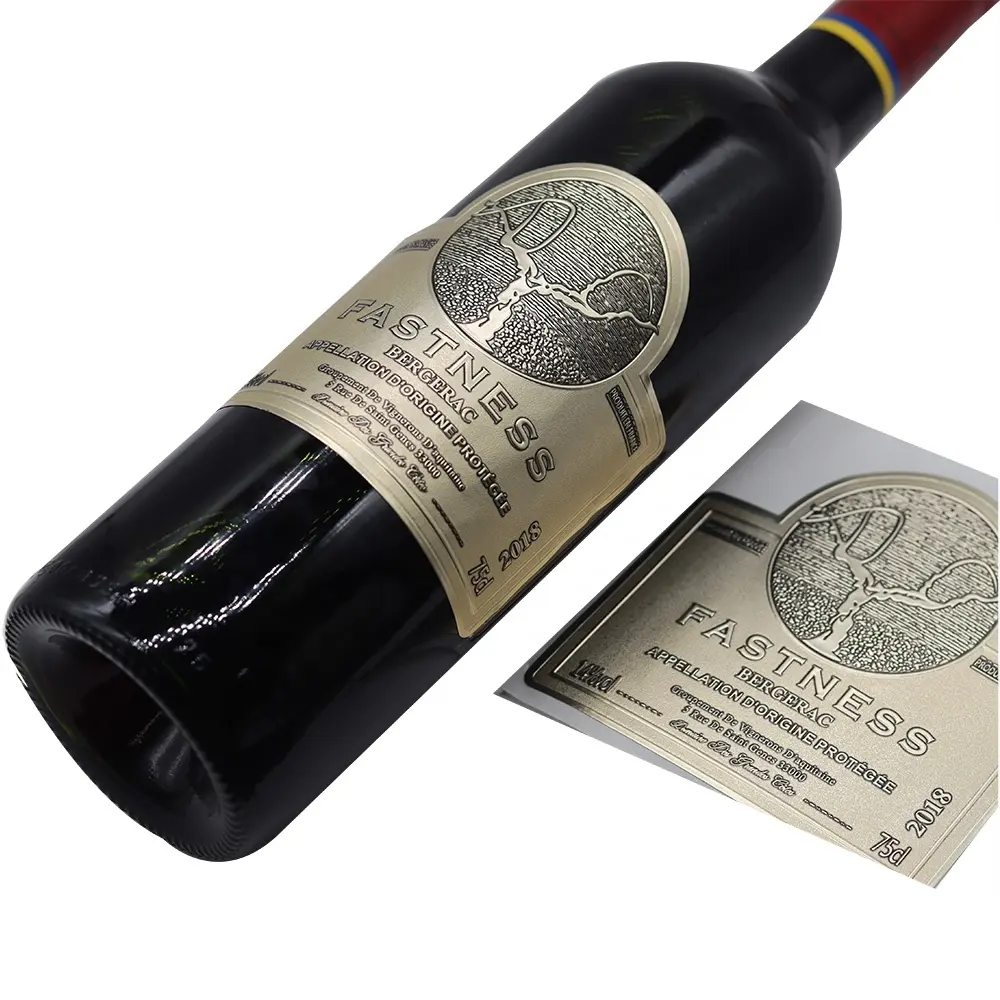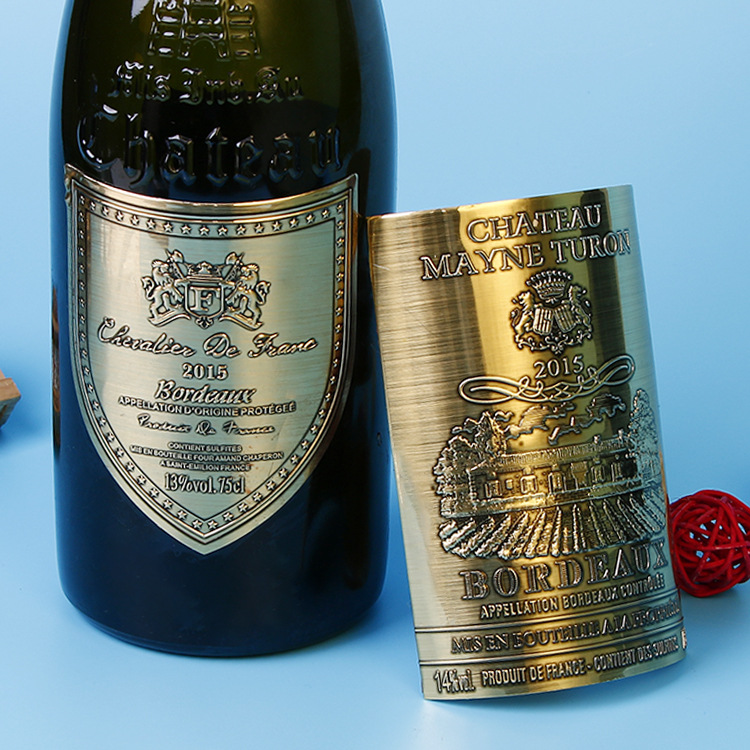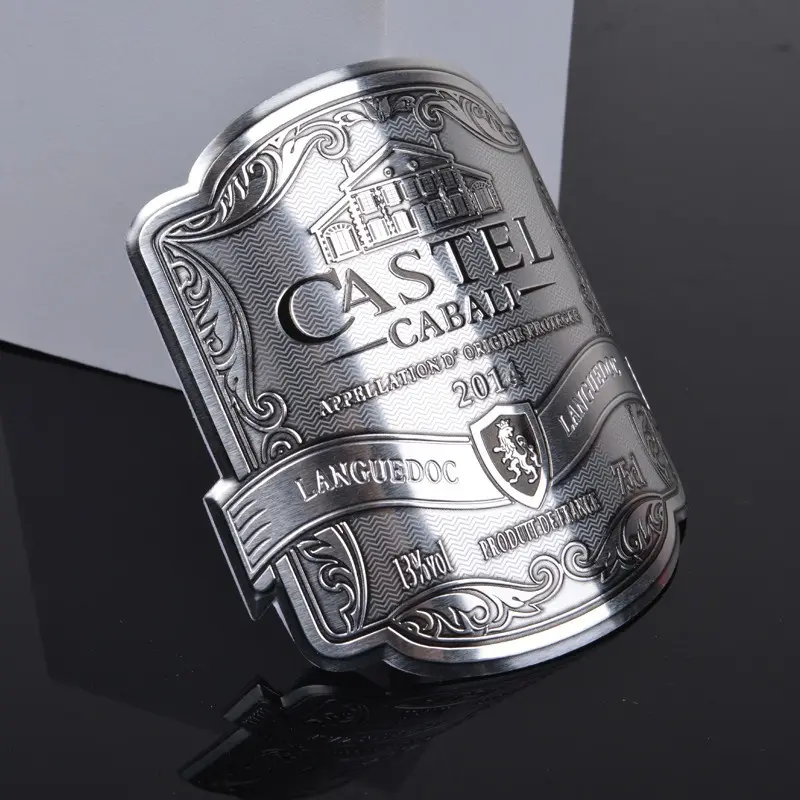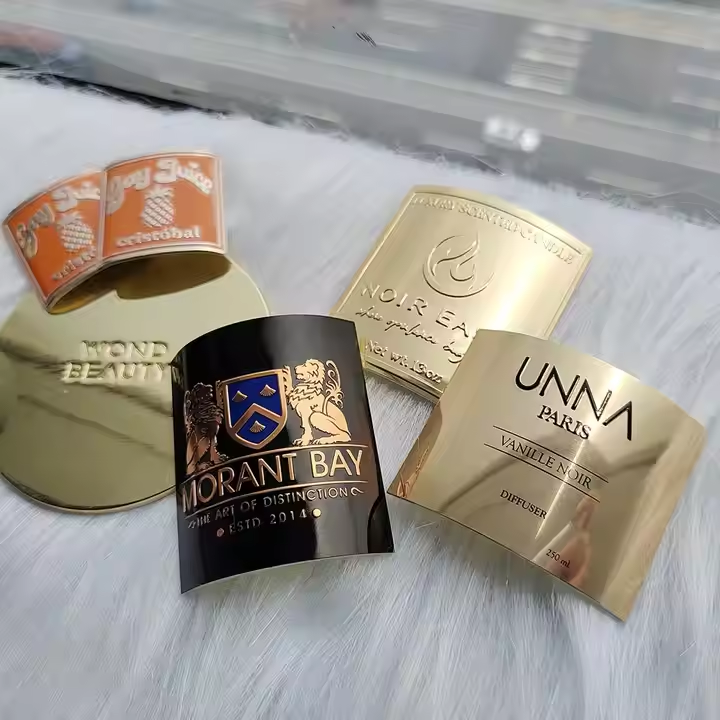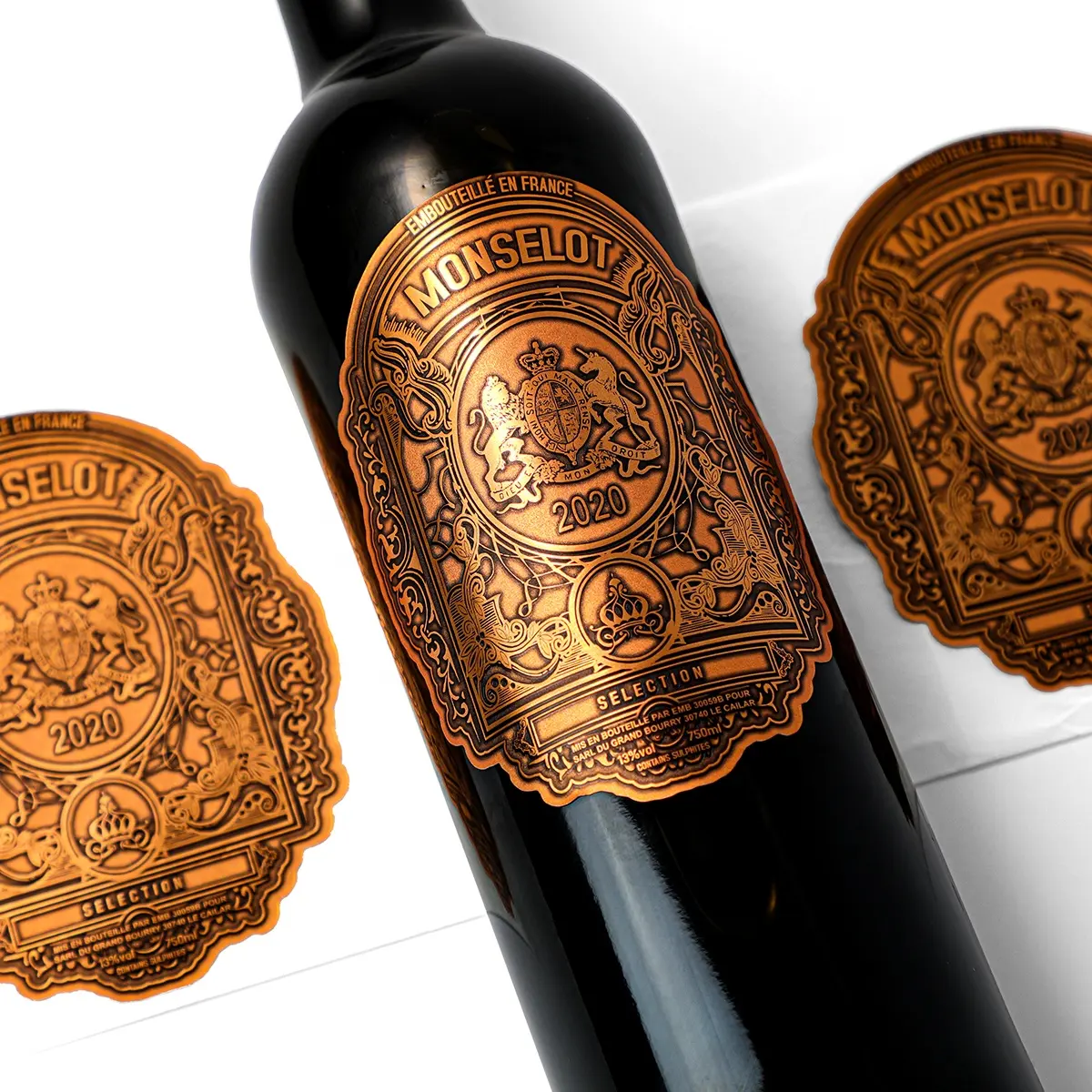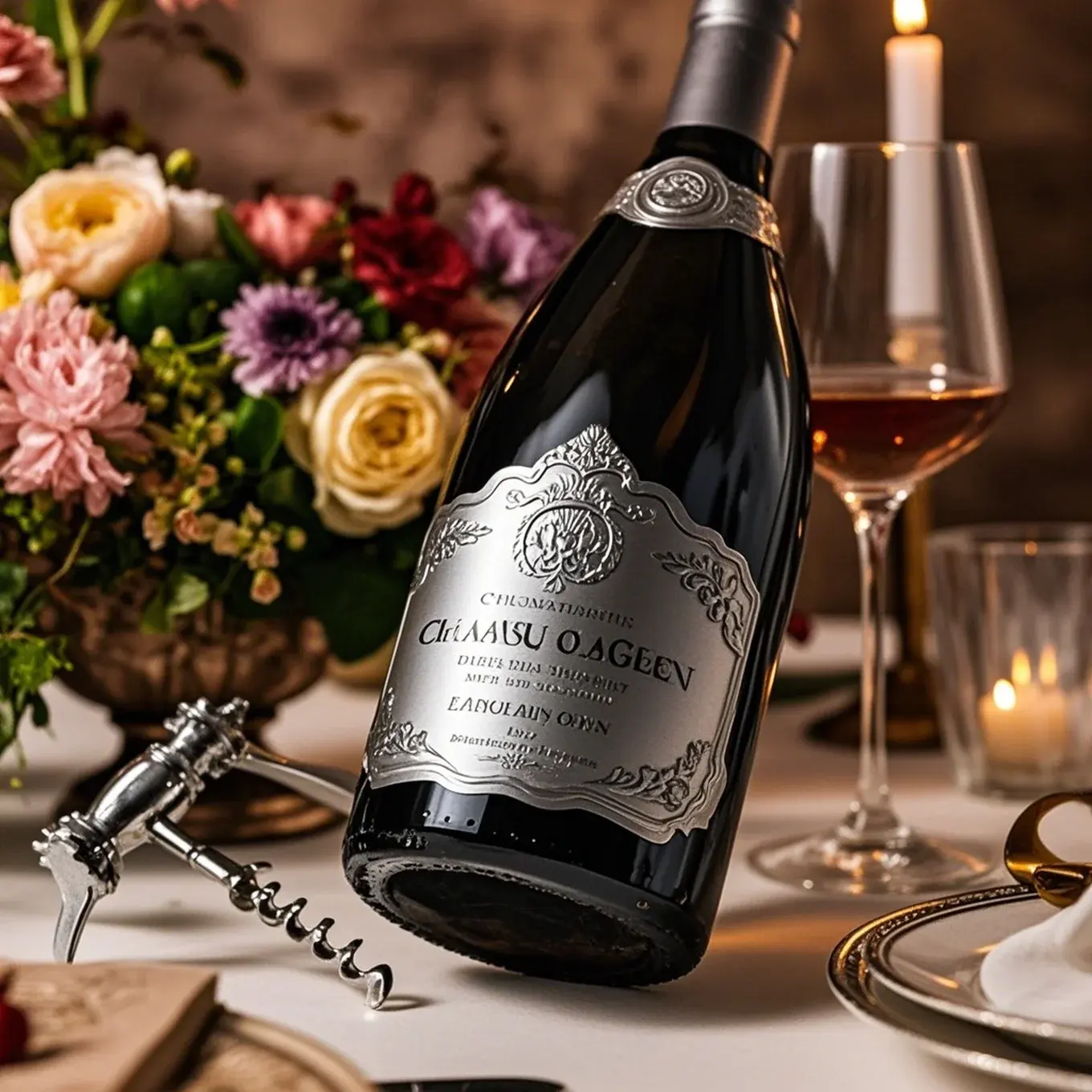Get A Quote Now!
Why More Boutique Wineries Are Choosing Metal Over Paper Labels
In an industry where brand identity, shelf appeal, and storytelling are everything, boutique wineries are constantly searching for ways to stand out. More and more of them are turning to metal wine labels—not just for aesthetics, but for the lasting impression they leave on customers. Here’s why this growing trend is reshaping premium wine branding. 1. First Impressions Matter—Metal Labels Demand Attention In a sea of paper-labeled bottles, a metal label catches the eye instantly: Reflective shine or textured surfaces…
How to Make Your Wine Gift Packaging Look High-End with Metal Labels
Gifting wine is a time-honored gesture—but when it comes to premium presentation, the packaging matters just as much as the wine itself. Adding a custom metal label is one of the most effective ways to transform a standard bottle into a luxurious, memorable gift. Here’s how to elevate your wine gift packaging using metal labels. 1. Why Metal Labels Instantly Upgrade Wine Gifts Metal labels offer: Visual Luxury: The metallic shine and texture command attention. Tactile Appeal: The weight and…
How to Choose the Right Size and Shape for a Metal Wine Label
Designing a custom metal wine label isn’t just about the material or finish—it’s also about getting the right size and shape to fit your bottle, elevate your branding, and ensure perfect application. Here’s a practical guide to help you make the best choice for your label layout. 1. Consider the Bottle Type First Different wine bottles have different surface contours. The most common bottle styles include: Bordeaux (tall shoulders, straight sides) Burgundy (gentle sloping shoulders) Champagne (thicker walls, larger body)…
Why Metal Labels Are the Future of Premium Wine Packaging
In an increasingly saturated wine market, standing out on the shelf is more challenging—and more important—than ever. One powerful way brands are distinguishing themselves is through metal wine labels. Here’s why these labels aren’t just a trend—they’re shaping the future of premium wine packaging. 1. Instant Shelf Impact Metal labels create a luxurious, tactile experience that paper or plastic simply can’t match. Whether it’s a brushed aluminum finish or a deeply embossed zinc emblem, metal: Catches light from every angle…
MOQ, Lead Time & Cost: Understanding Custom Metal Wine Label Orders
Before placing your first order for custom metal wine labels, it’s essential to understand the practical side—MOQ (Minimum Order Quantity), lead times, and overall cost. These three factors determine your production schedule, budget, and even your label design options. 1. What Is the Minimum Order Quantity (MOQ)? MOQ refers to the smallest number of units a manufacturer is willing to produce per order. For custom metal wine labels, this typically ranges from: 500–1,000 pieces for standard designs. 1,000+ pieces for…
How to Customize Wine Labels with Your Logo: Full Guide
Adding your logo to a custom metal wine label is one of the most effective ways to build brand recognition and elevate your packaging. Whether you’re a winery, a private labeler, or a corporate gift provider, this step-by-step guide will walk you through the process of creating logo-branded metal wine labels. Step 1: Finalize Your Logo Design Before any customization begins, make sure your logo: Is available in high-resolution vector format (AI, SVG, or PDF). Includes both monochrome and full-color…
5 Things to Ask Your Metal Wine Label Manufacturer
Choosing the right manufacturer for your metal wine labels is essential for ensuring quality, consistency, and brand alignment. Before placing an order, make sure to ask these 5 key questions: 1. What Materials and Finishes Do You Offer? Not all manufacturers offer the same range of materials and surface treatments. You should ask: Do you offer aluminum, zinc alloy, tin, or stainless steel? Can I choose between brushed, matte, mirror, antique, or dual finishes? Are eco-friendly or recycled material options…
Common Challenges in Metal Wine Label Production and How to Overcome Them
Producing custom metal wine labels offers many benefits, but it also comes with challenges. Understanding these hurdles and how to address them will help you get the best results for your brand. 1. Adhesion Issues on Curved Bottles Metal labels are rigid and heavier than paper, which can cause peeling or lifting on curved or textured glass surfaces. Solution: Use specially formulated adhesives designed for glass and curved surfaces, and ensure bottles are clean and dry before application. 2. Design…
How Metal Wine Labels Enhance Brand Identity and Consumer Perception
In the competitive wine market, a strong brand identity is crucial for standing out. Custom metal wine labels offer a unique way to elevate your brand and positively influence consumer perception. 1. Creating a Premium, Luxurious Look Metal labels instantly convey quality and exclusivity. Their weight, texture, and finishes make your bottles feel more valuable and special, appealing to discerning consumers. 2. Differentiating Your Product on the Shelf With countless wine options available, eye-catching metal labels attract attention. Unique textures…
Eco-Friendly Metal Wine Labels: Sustainable Choices for Wineries
As consumers become more environmentally conscious, wineries are seeking sustainable packaging solutions—including eco-friendly metal wine labels. Metal labels, when designed and produced thoughtfully, can offer both luxury and sustainability. 1. Why Choose Eco-Friendly Metal Labels? Metal labels are durable and reusable, reducing waste compared to traditional paper labels. When made from recyclable metals and using eco-conscious processes, they can align with green branding initiatives. 2. Sustainable Materials Options Recycled Aluminum and Tin: Using metals with recycled content lowers environmental impact.…



